
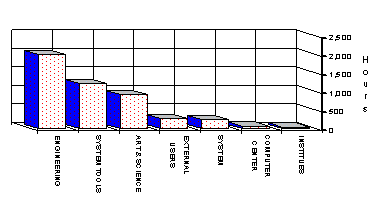
Figure 1. IBM-3090 Distribution of CPU Time (1994)
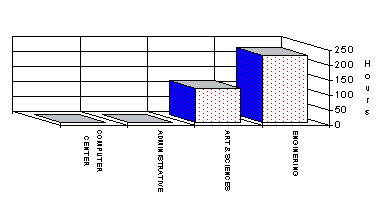
Figure 2. IBM-3090 Distribution of Vector Processor Time (1994)
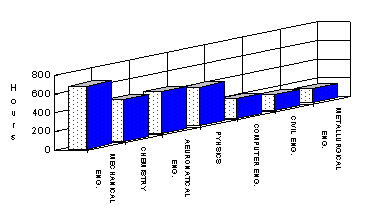
Figure 3. IBM-3090 Departmental CPU Usage (1994)
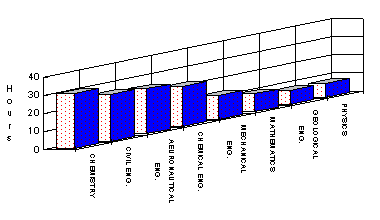
Figure 4. IBM-3090 Departmental Vector Processor Usage (1994)
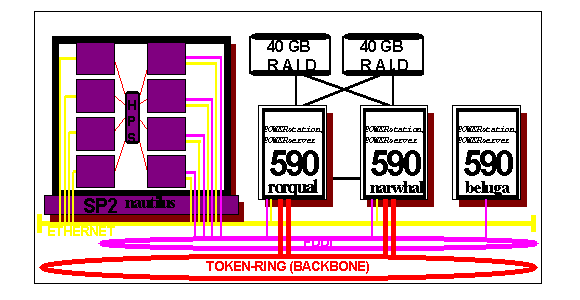
Figure 5. METU's Compute Server and File Servers
1. OVERVIEW
Computing environment that has been recently installed in METU-CC is sketched in Figure-5. The Compute Server SP2 (Scalable POWERparallel Systems 2) is composed of 8 nodes with POWER2 processors. Serial, batch, parallel and interactive workloads can be concurrently processed on SP2 ( nautilus ). It is capable of processing compute-intensive jobs. There will be three POWERserver 590s that are planned to provide file services as well as the processing power that can easily support the usual workload at the university. POWERserver590s also have POWER2 processors. Two of the POWERserver590s ( rorqual and narwhal ) will be connected directly to 80 gigabytes of RAID disk, so that large and reliable storage medium will be available to users. There will be two back-end networks that will connect the systems. The main back-end network will be FDDI which provides a 100 Mb/s communication between machines. Three POWERserver590s and four nodes of the SP2 will be connected to the FDDI network. Although FDDI networks are reliable in itself, a secondary Ethernet network (10 Mb/s) will increase the availability of the systems even further. Systems will be connected to the METU backbone (METU-NET) through the token-ring cards that are found on two of the POWERserver590s. There are two token-ring cards in each machine to increase the availability of the systems connection to the METU-backbone. AIX operating system will run on the systems. Fortran, C, C++, Pascal Compilers and several applications will also be available.
2. HARDWARE ENVIRONMENT
2.1. SCALABLE POWERPARALLEL SYSTEMS 2 (SP2)
Introduction
Scalable POWERparallel Systems 2 (SP2) is the newest entry in the family of POWERparallel systems of IBM (Announced on 6 April 1994). The SP2 represents a new breed of information system which combines the numeric-intensive processing capabilities of scientific and technical computers with the storage and analysis strengths of commercial systems.
Two different types of SP2 processor nodes are available; thin nodes and wide nodes. Thin nodes are best suited as the compute nodes for the system and provides the processing power needed to get the work done. Thin nodes give the flexibility of running any combination of interactive, batch, serial, and parallel jobs simultaneously, so the SP2 can be used for a diverse set of computing scenarios. Thin nodes may be shared by any one of these jobs or may be dedicated to running a single application. Wide nodes are generally configured to act as servers for the system; they can provide the various services that are required to run the jobs users submit to the SP2.
An SP2 system frame houses up to 16 thin processor nodes or up to eight wide nodes, and frames can be connected together for a maximum standard configuration of 128 processor nodes. Thin and wide nodes can also be mixed and matched together in a single frame.
The SP2 frame contains redundant power supplies so that if one fails, another takes over. The frame is also designed for concurrent maintenance; each processor node can be removed and repaired without interrupting operations on the other nodes. As a result, the SP2 provides high reliability. In addition, the SP2 comes with a built in data modem for automated "phone home" maintenance.
A High-Performance Switch is also available with the SP2 that allows low latency, high-bandwidth communication within the system for optimum parallel execution. It provides the interconnection network that allows all processors in the system to send messages to one another simultaneously. The SP2 switch is a multistage network; switches can be added as the system is scaled upward and continue to provide the same level of bandwidth to each processor node. The switch network allows to dramatically speed up TCP/IP, file transfers, remote procedure calls, and relational database functions. A single switch supports up to 16 processor nodes, so each SP2 frame accommodates one switch.
The Scalable POWERparallel Systems family continues the AIX and RISC System/6000 policy of adherence to open systems standards. Connection to I/O devices, networks of workstations, and mainframe networks is a key element of the SP2 offering. Ethernet, HiPPI, SCSI, FDDI, and Token Ring interfaces are supported by the SP2.
The SP2 enables a single systems administrator to manage the entire system using a RISC System/6000 workstation as a control workstation. This workstation, when installed with the AIX/6000 (TM) operating system and systems management software, allows a single systems administrator to manage the needs of many diverse and simultaneous workloads.
The SP2 runs AIX/6000 operating system and standard AIX/6000 software, allowing more than 6500 AIX/6000 applications to run on SP2. A copy of AIX/6000 will be resident on each node, allowing installation and configuration of the system on each node; each node will also boot from its local disk.
SP2 will be supported by a number of software products that enable database query, on-line transaction processing, and business management applications. Combined with new features that enhance its I/O attachment capability and its attractive price/performance, the SP2 is an excellent platform for UNIX-based applications. In addition to IBM's DB2/6000 and Encina products, the vendors of the following products have expressed their intent to port and support their products on the SP2: Informix, INGRES, Oracle, SAP, Sybase, TUXEDO and REELlibrarian.
The SP2 systems software package includes innovative software that provides systems management, job scheduling, job management and system monitoring. The SP2 software, which provides users an environment for AIXwindows application development and execution, is part of the systems software package.
Strategic Architecture
The SP2 architecture is also flexible, allowing management and grouping of any number of processors into "partitions" that perform a specific function. One may be a partition for execution of large-scale parallel work where certain number of processors would be assigned to the completion of a single job. Another partition might be defined to handle modestly parallel work. And, another partition may be used for a data-base query or transaction processing system. The number of nodes grouped for modestly parallel work can be defined by workload requirements of the installation. Other partitions can be defined for batch and interactive workloads. Partition size is determined by the requirements of the installation. The key is the flexibility of the architecture that supports partitioning the system into pools of resources tailored to meet the needs of the installation, and reconfigurable as the needs change. Concurrent processing of serial, batch, parallel and interactive workloads and the ability to change the configuration of partitions as thlable on POWERserver 590s from SP2.
METU-SP2 Configuration
METU - SP2 configuration is sketched in Figure 6. METU's SP2 is configured with a High-Performance Switch and eight 66MHz POWER2 thin nodes. Two of the nodes comes with the SP2 frame. Other nodes are installed in the frame in 3 expansion drawers each having two thin nodes. All the nodes have 64 MB of memory and 1 GB of SCSI-2 disks. All the nodes have an internal Ethernet and 4 of the nodes have an extra FDDI adapter.
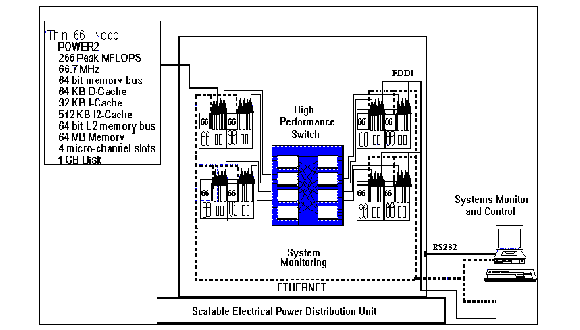
Figure 6. Scalable POWERparallel System - 2
Initially, the following software will be available on SP2
2.3. RISC SYSTEM/6000 POWERSERVER 590
Introduction
The RISC System/6000 POWERserver 590 offers the next generation of outstanding performance in uniprocessor systems, using POWER2 technology. Outstanding integer, floating-point and transaction processing levels exceed previously announced models and introduce a new category of high-end systems. The RISC System/6000 POWERserver 590 is a natural growth machine for commercial and numerically intensive compute servers.
The RISC System/6000 POWERserver 590 uses POWER2 technology to provide greater performance levels than previous models. It is a high-end open system with emphasis on performance. The standard 64MB expandable memory with a 66MHz CMOS processor and a 256KB data cache and 32KB instruction cache will provide a new level of performance. This, coupled with 80MB/sec 32-bit Micro Channel architecture, seven available slots, integrated SCSI and standard SCSI-2 controllers, 2GB (two 1GB drives) disk and CD-ROM-2 drive standard, and a full range of optional features makes the RISC System/6000 POWERserver 590 a powerful open systems commercial/compute server or a high-performance 3D workstation.
Standard Features
METU's 590 configurations are sketched in Figure-7. There will be three POWERserver 590s. In addition to the standard features, all of the 590s will have an FDDI Fiber Single Ring Adapter that will connect them to the FDDI back-end network. Two of the 590s will have a total of 512 MB of memory and they will be connected to 80 GB RAID disks with two SCSI-2 controllers. They will be connected to each other via a heartbeat line. This line will be used together with High Availability Cluster Multi-processing/6000 (HACMP/6000) software to increase the availability of these two systems. HACMP/6000 software is explained in the following chapter. These two 590s are also connected to the METU backbone (METU-NET) via two Token Ring High Performance Adapters that increase their availability. The other 590 will also use the RAID disks through FDDI using NFS. It will have 64 MB main memory and 2GB of internal disk which will be used to hold system files and for swapping.
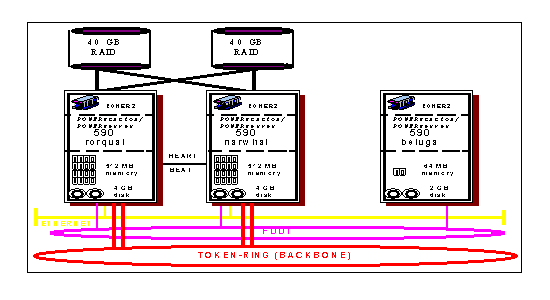
Figure 7. METU POWERstation/POWERserver 590s' configuration
Following software will be available on 590 servers :
Since 1989, IBM 3090/180S has been the main computer system in Middle East Technical University. That system has now been replaced with the UNIX-based systems that were presented in the previous sections. In this section, the old system is compared with the new UNIX-based computer systems.
Figure-8 shows performance comparisons. It is quite obvious that the new systems have very high performance figures with compared to the old system. Figure-9 shows the disk space comparison between the systems. The disk space was 20 gigabytes in the old system. New systems will have a total of 98 gigabytes of disk space.
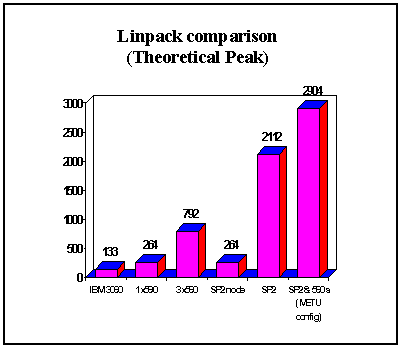
Figure 8. Systems' Comparison : Linpack Benchmark
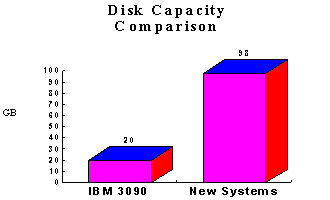
Figure 9. Systems' Comparison : Disk Capacity

COMPASSES FOR NETWORK NAVIGATION "There's an opportunity to make the Internet vastly more usable for business people. And that's what's going on now," says the vice president of WAIS (Wide Area Information Server). Software developers are flooding the market with tools for navigating the arcane labyrinth of Internet databases, and it's only going to get better. Even Microsoft will include an Internet-made-easy communications connection in its next major upgrade of Windows. (Investor's Business Daily 5/6/94 A3). And a new company called Mosaic Communications Corporation has been formed by Jim Clark, the founder of Silicon Graphics; it has hired a number of members of the original development team that created Mosaic at the University of Illinois at Urbana-Champaign. (New York Times 5/7/94 p.17)
THE SENSE OF A WOMAN Women love the geometric video game Tetris, and game-makers are dying to find out why. While 99% of the buyers for most other games are male, 40% of Tetris buyers are female. One theory is the appeal of the game's goal, which is to bring order to chaos, resulting in neat little rows of geometric shapes. Women crave order, hypothesizes a sociologist hired by Nintendo to unravel the riddle, and by beating the clock on the game, a woman experiences a rush of endorphins -- "feel good" chemicals produced by the body under stress. (Wall Street Journal 5/10/94 B1)
A WINDOW ON THE INTERNET Bill Gates predicts by year's end that Microsoft Windows will come equipped with built-in access to the Internet. Gates also unveiled a technology that enables users to simultaneously send data and converse over a single phone line. (Investor's Business Daily 4/20/94 A1)
SHARING WINDOWS Microsoft has delivered beta versions of its new Windows program, code-named "Chicago," to about 8,000 software makers, encouraging them to develop applications to work with the new system. Barred from access to chicago are all software development employees working on a technique called OpenDoc that rivals Microsoft's approach toward linking disparate documents. (Wall Street Journal 4/25/94 B6)
FIRST PENTIUM CLONE CHIP SHIPS. NexGen's NX586 is a fully binary compatible clone of Intel's Pentium chip -- the first one to reach the marketplace. Four small U.S. hardware vendors -- Tangent Computer, Computek International, Adisys Corp. and Lucky Computer Co. -- will be announcing systems using the chip, systems that are expected to start at around $2000. An industry analyst said that this was the first time Intel had competition so early in its product cycle. This development should keep Pentium prices firmly on their downward course. (SOURCE: Computerworld 3/14/94, p. 14)
TCP/IP STATS An analyst at International Data Corp. predicts, "By the end of 1992, 6.7% of all PCs on local area networks were using TCP/IP, but by the end of 1993 that was up to 9.4%. By the end of 1994, we estimate it will be over 14%." (Investor's Business Daily 4/27/94 A6)
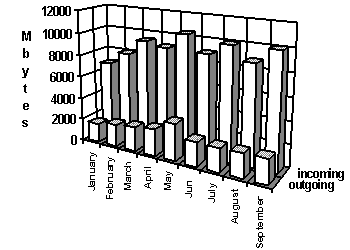
Figure 10. Türkiye-NSFNET Traffic
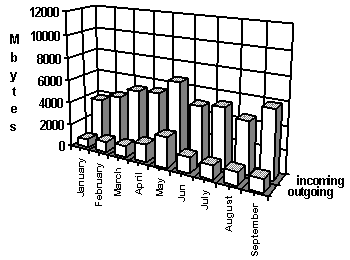
Figure 11. METU-NSFNET Traffic